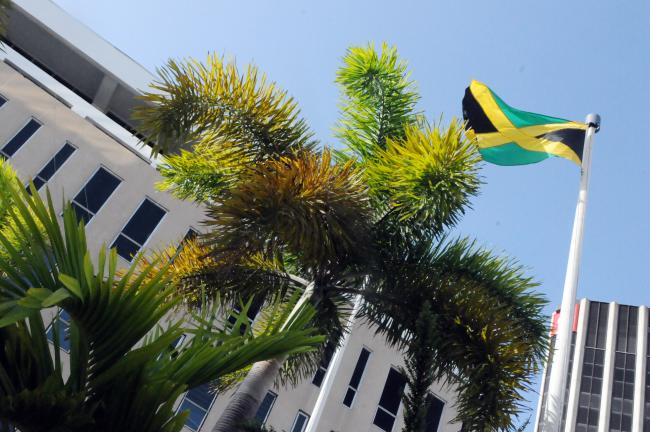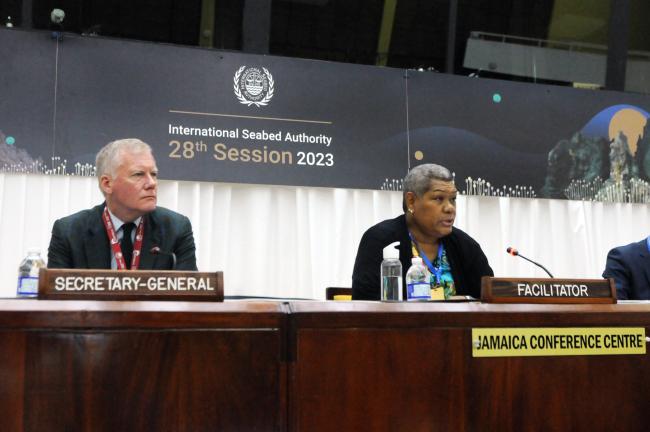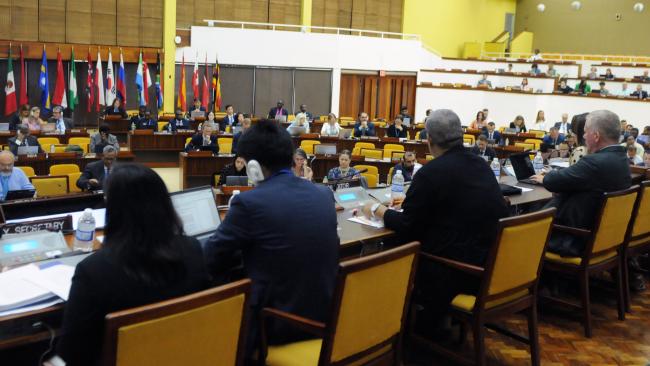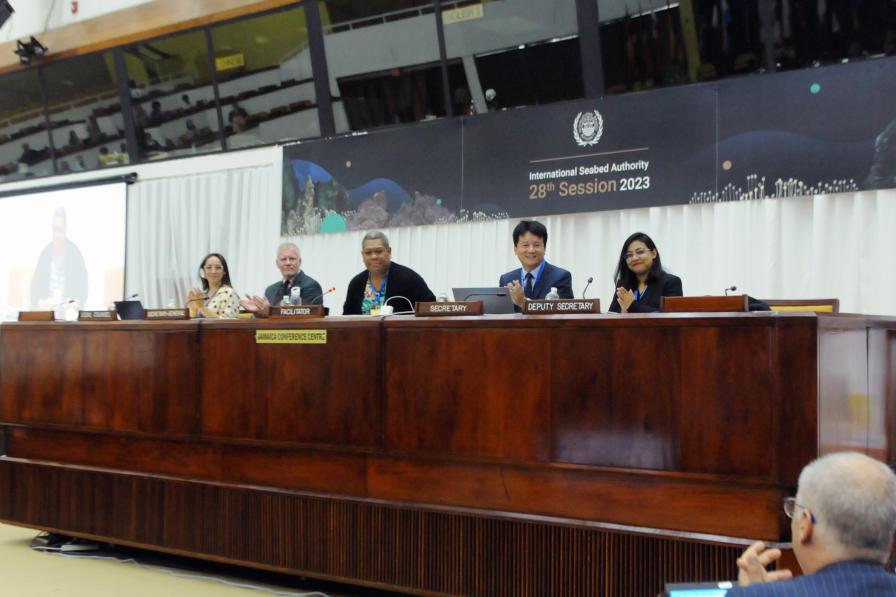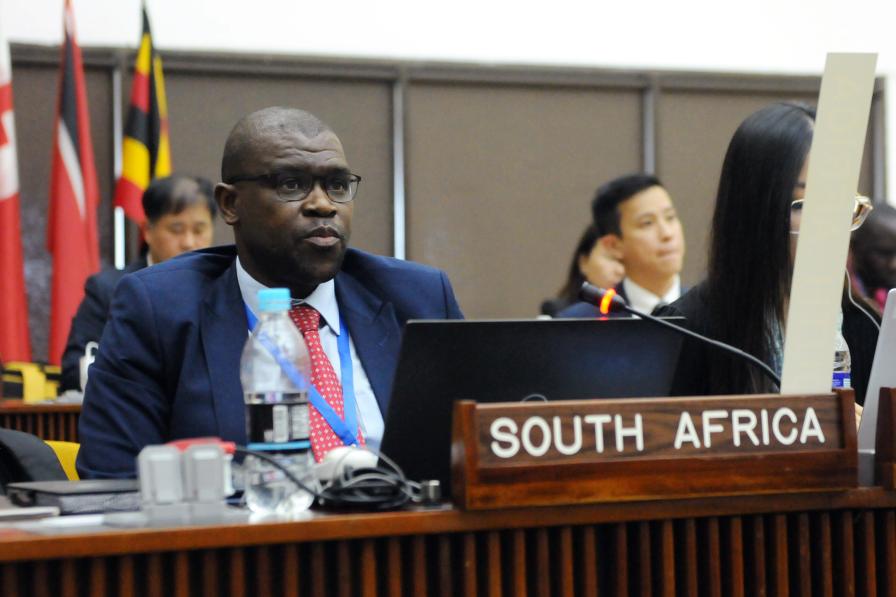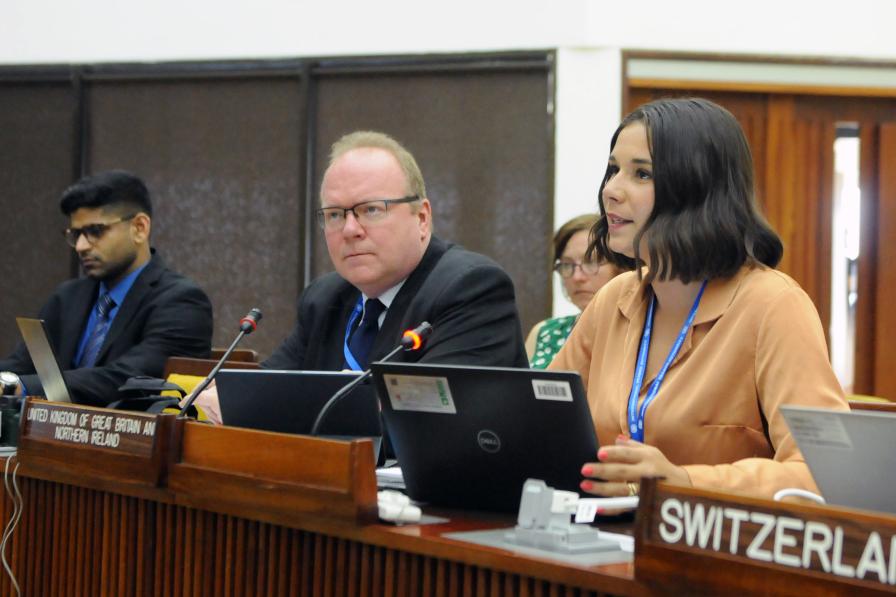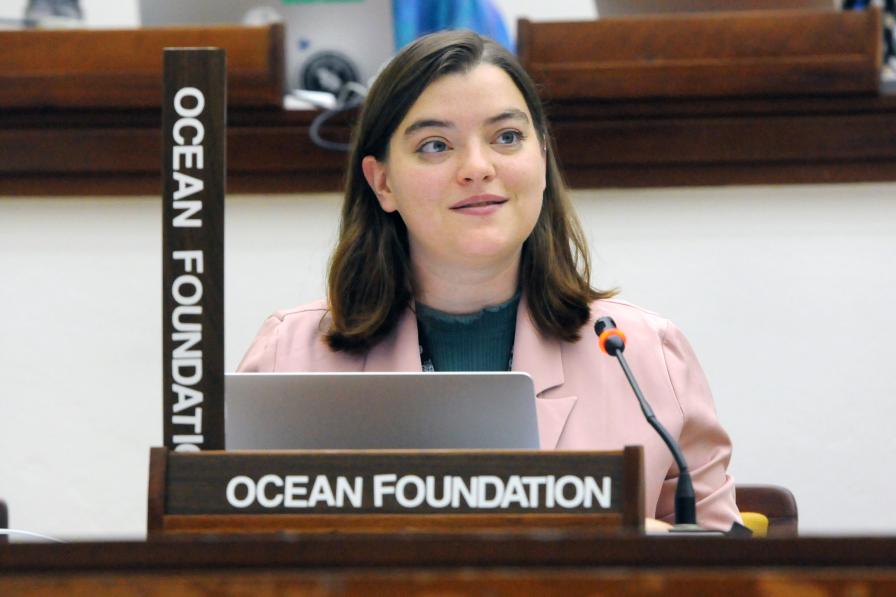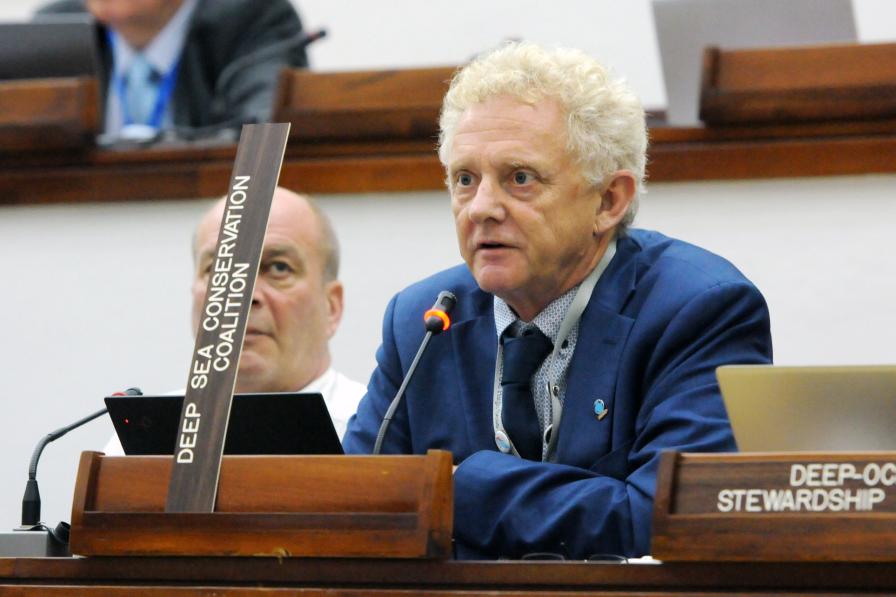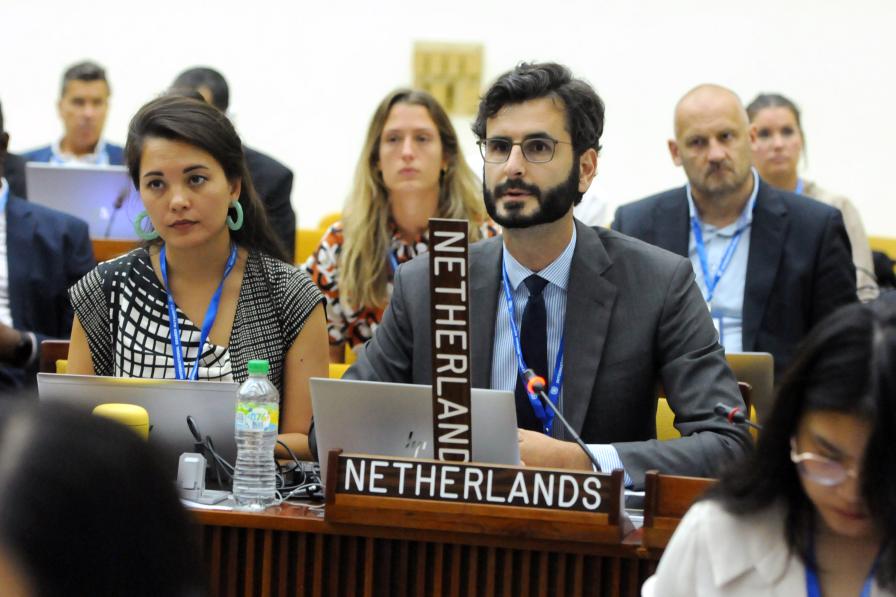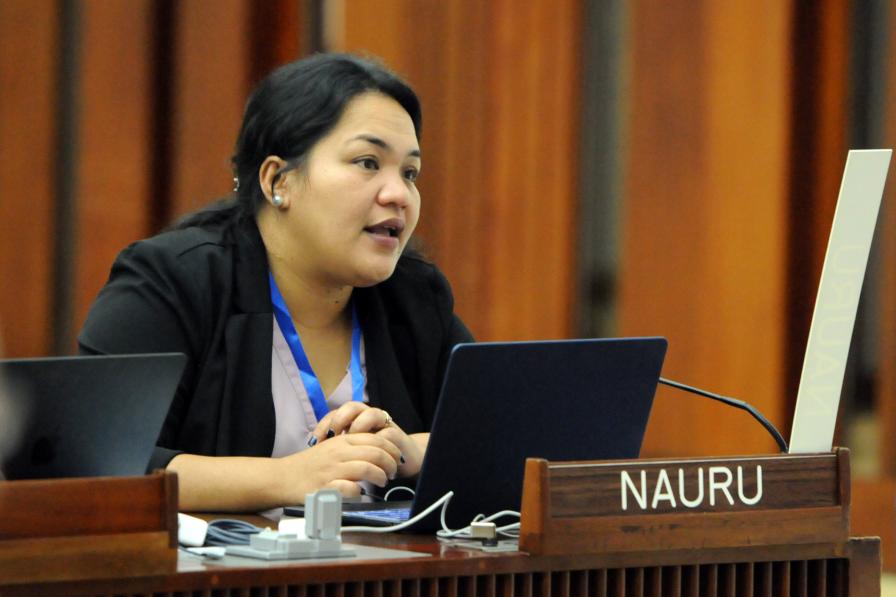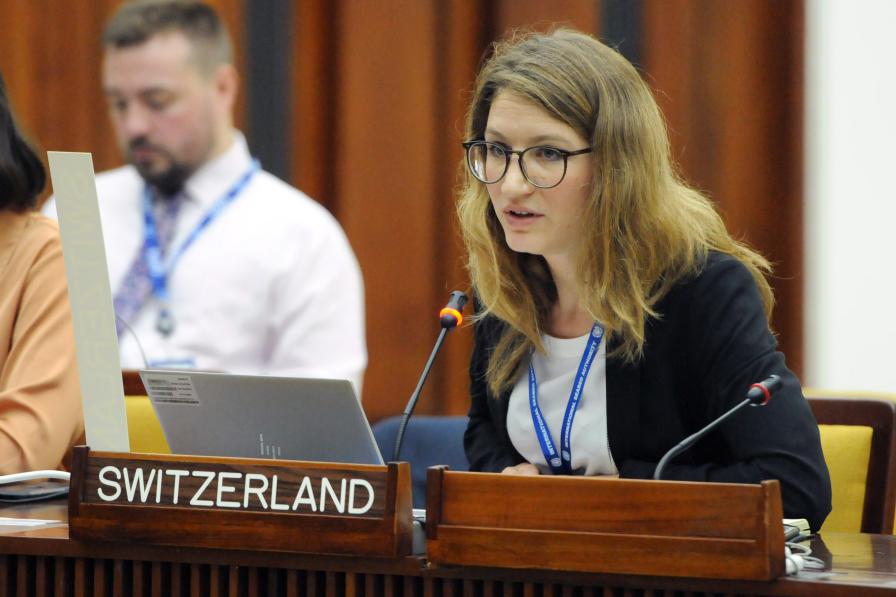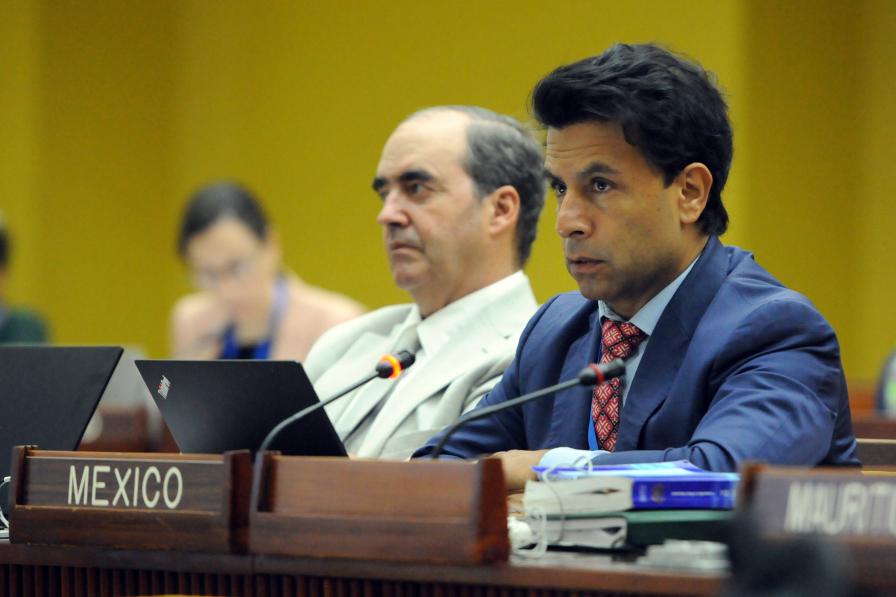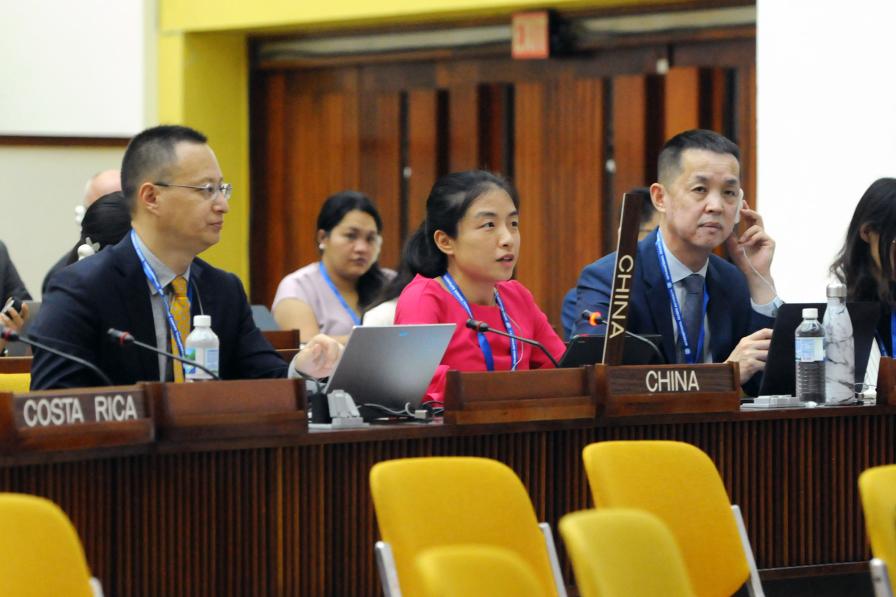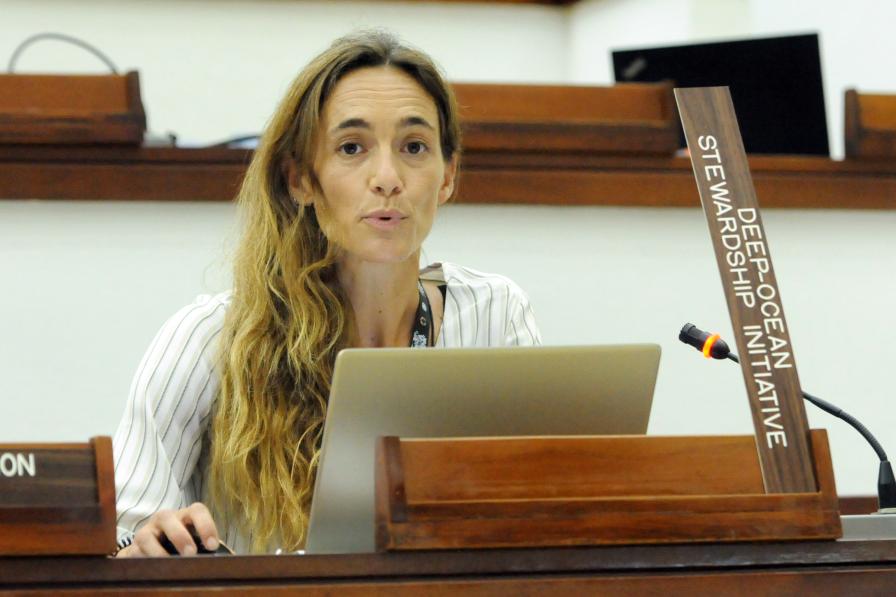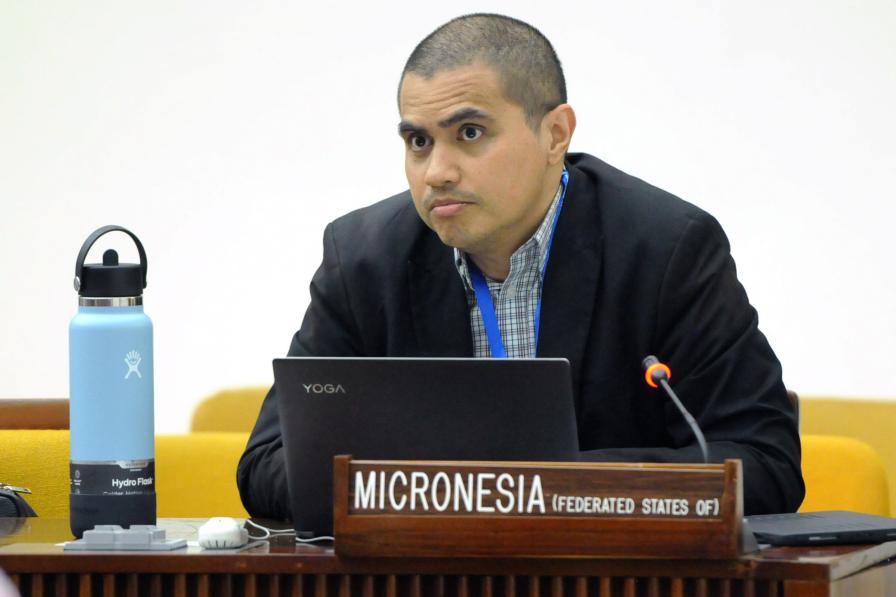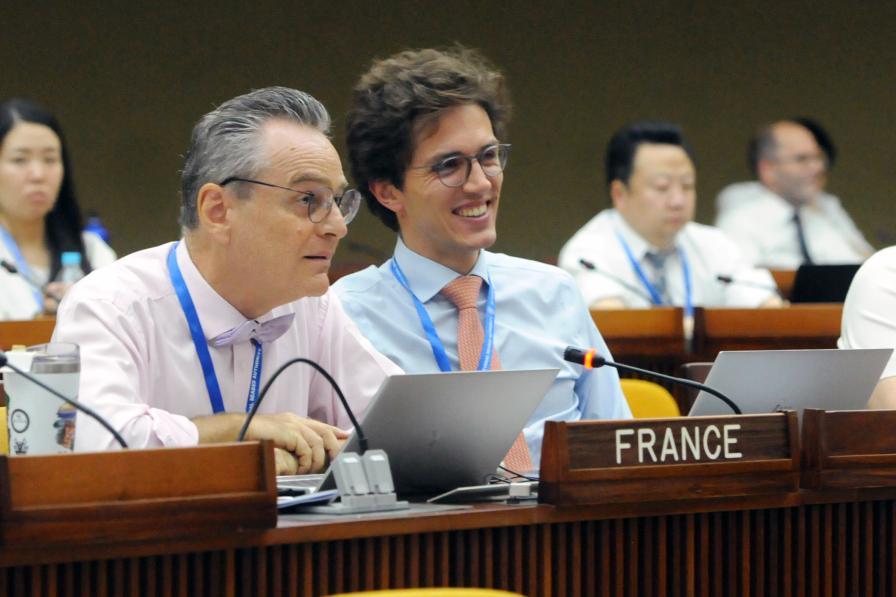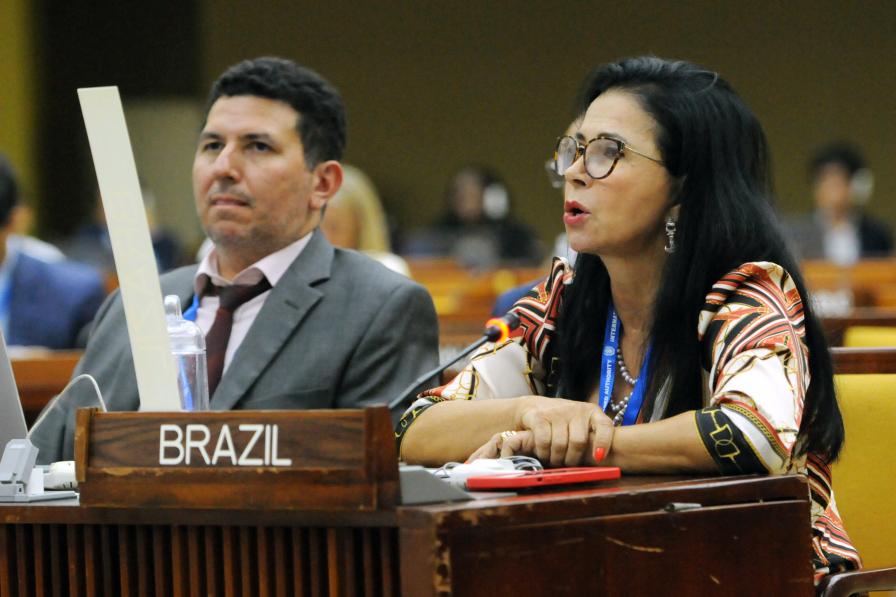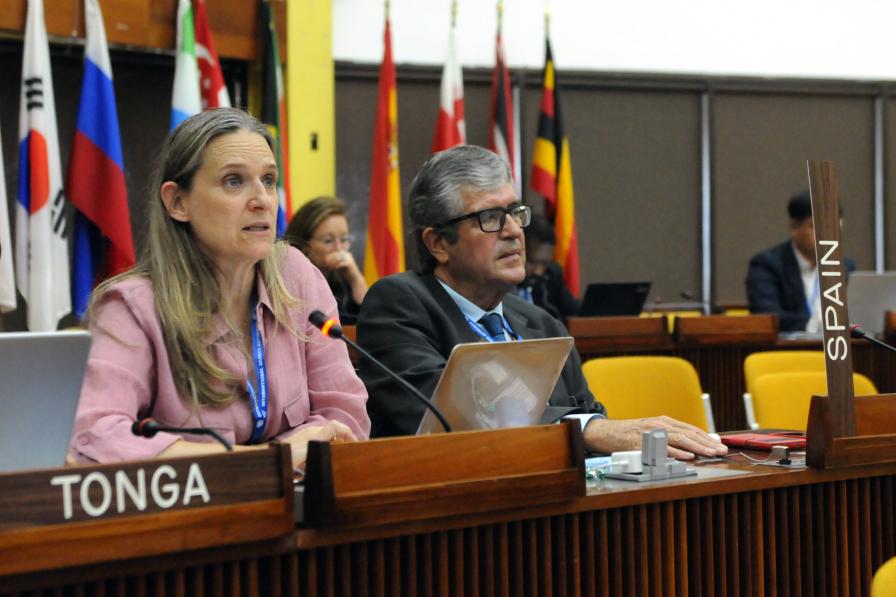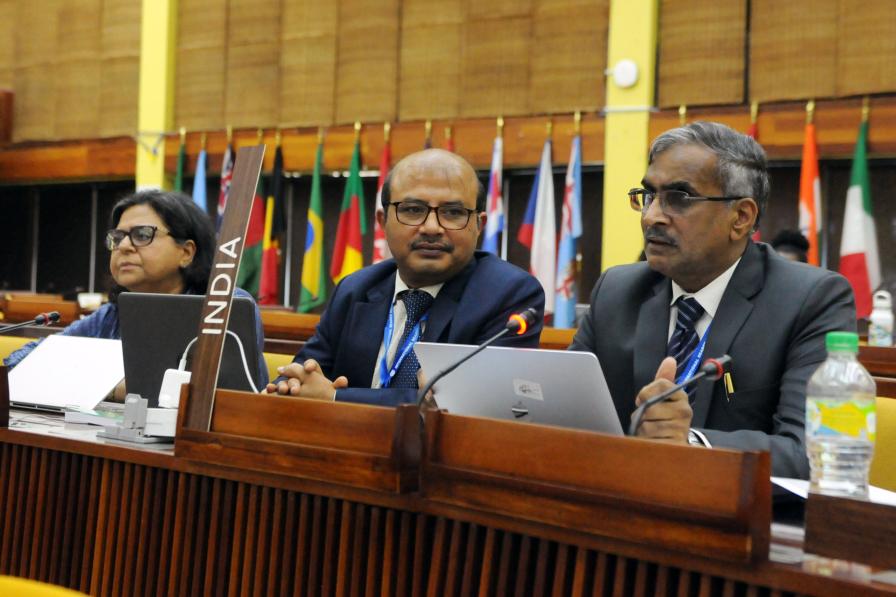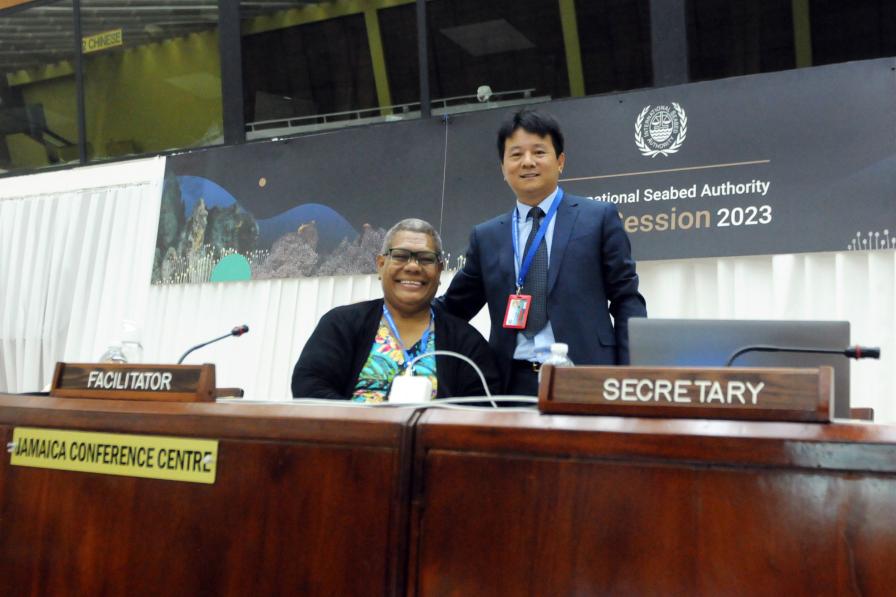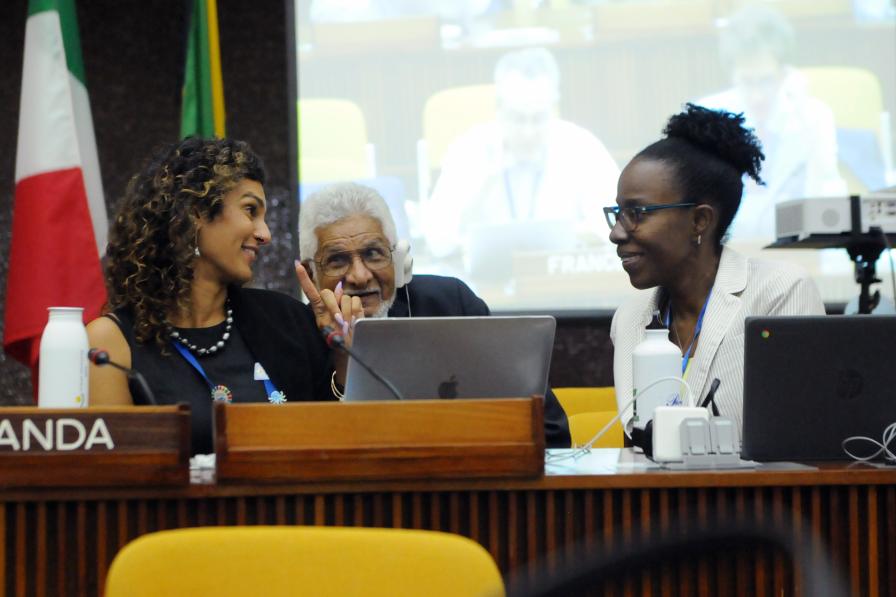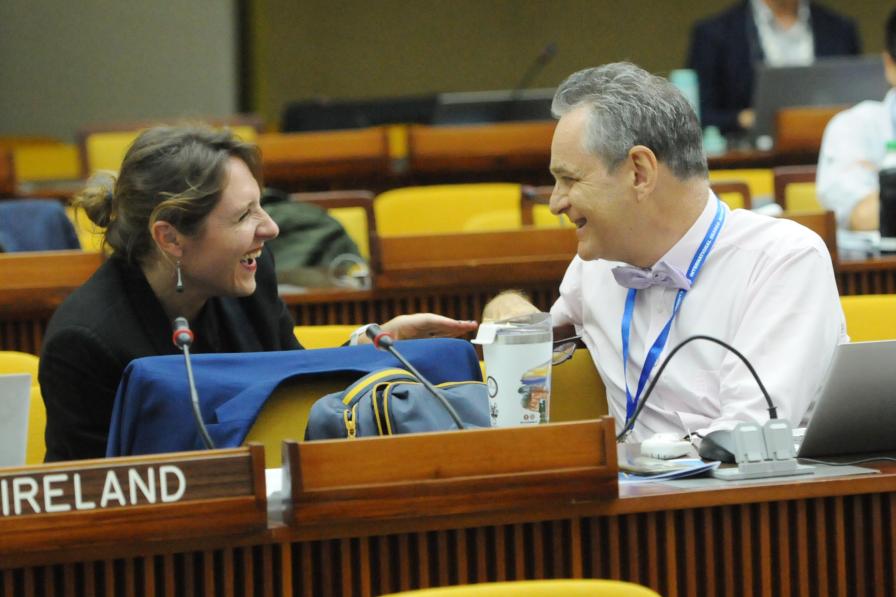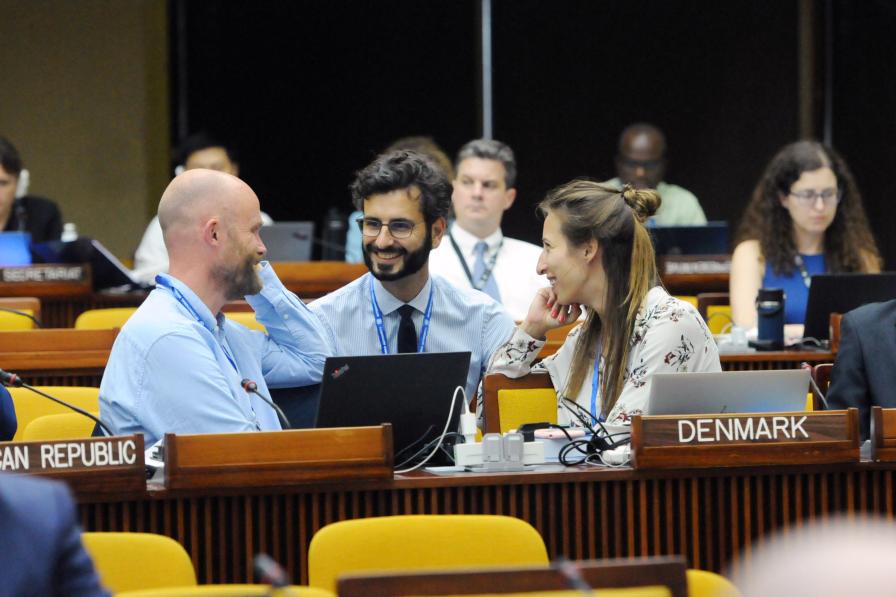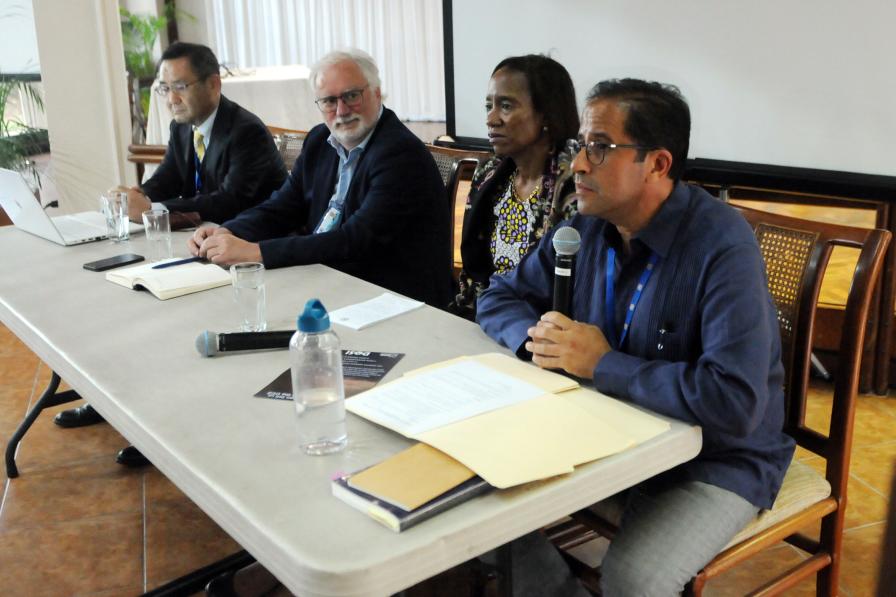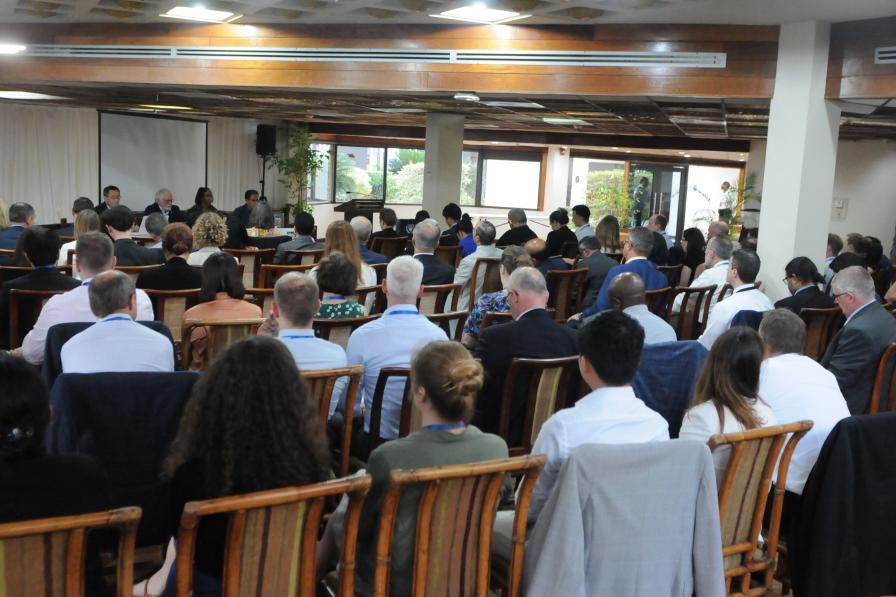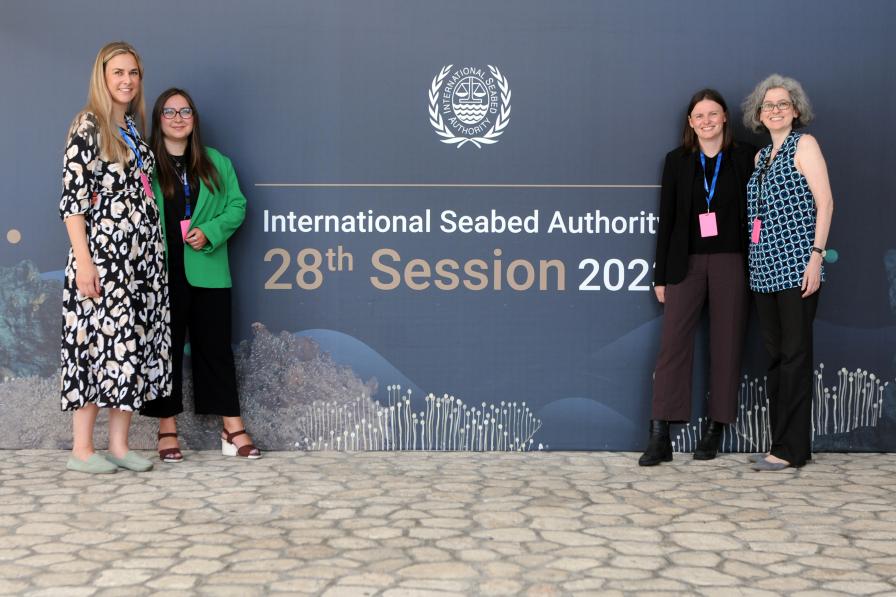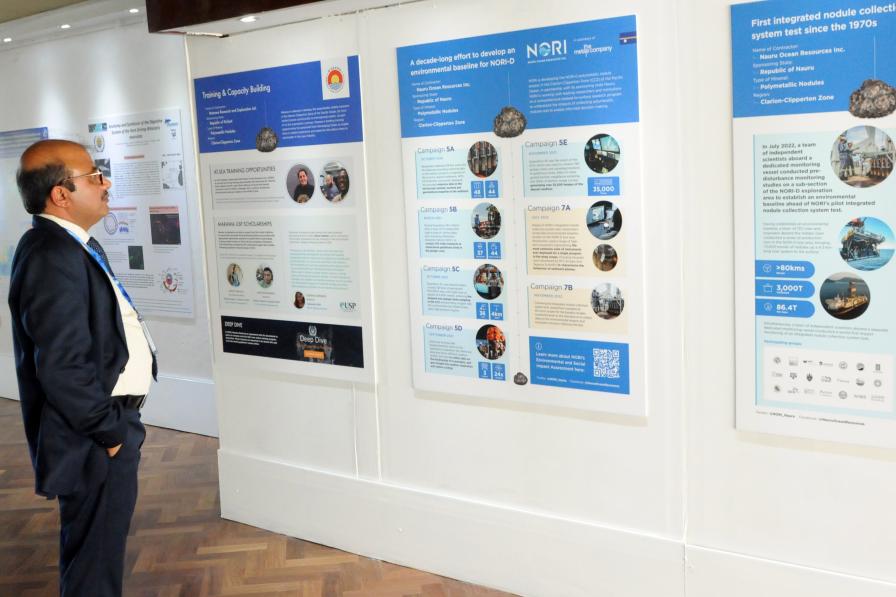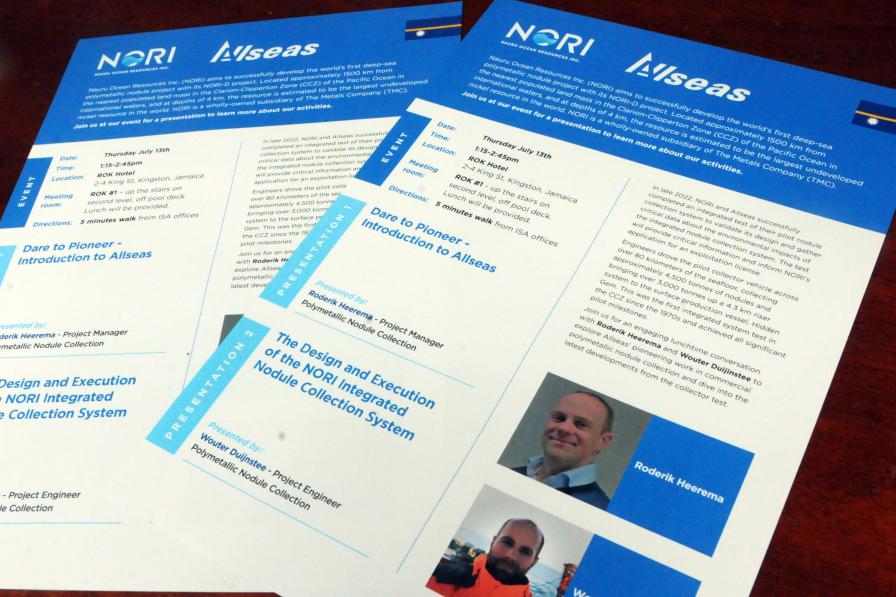The protection of the marine environment is one of the most controversial issues in the work of the International Seabed Authority (ISA) due to concerns that commercial deep-sea mining activities may significantly impacts the marine environment. In that respect, the work of the Working Group on the protection and preservation of the marine environment is of key importance.
Facilitator Raijeli Taga (Fiji) opened the session, reminding Council members that “nothing is agreed until everything is agreed,” and invited co-facilitators of the informal intersessional working groups to present the outcomes of their work.
The UK reported the main outcomes of the intersessional informal working group on developing a standardized approach for stakeholder consultation, including on: the stages at which consultation should be required; the core elements of a standardized consultation process; and an approach to identified “key” stakeholders, including coastal states.
Council members focused on: the progress and outcomes of the intersessional informal group and the approach used to conduct it; and the importance of integrating the outcomes of this working group with those under the intersessional group on coastal state obligations.
On underwater cultural heritage, the Federated States of Micronesia reported that the intersessional group discussed whether underwater cultural heritage should be addressed in the regulations and, if so, whether the scope should focus on both tangible and intangible underwater cultural heritage.
A member stressed that underwater cultural heritage must also be considered during environmental impact assessments along with other socio-economic factors. Another emphasized that the exploitation regulations are not a proper mechanism for dealing with issues of underwater cultural heritage.
On general obligations (regulation 44), Spain presented the outcome of intersessional work on streamlining and restructuring the regulation, and proposed a structure along four main conceptual elements: subjects with environmental obligations; environmental principles and approaches; recommendatory function of the Legal and Technical Commission (LTC); and application of international environmental law.
Many members supported the need to simplify and streamline the draft regulation. They focused on, among other things:
- whether to refer to the precautionary principle or approach, or follow the text of the Agreement on the conservation and sustainable use of marine biological diversity of areas beyond national jurisdiction (BBNJ Agreement), which refers to the “precautionary principle or precautionary approach, as appropriate”;
- whether to include references to “international law”;
- whether to include “offset as a last resort” on a provision on the need to avoid, minimize, mitigate, and remediate harm to the marine environment, with observers highlighting that offsetting is not applicable to deep sea;
- expanding provisions referring to the protection of rare and fragile ecosystems, noting that they are not the only ones in need of protection;
- including reference to the polluter pays principle, with some members noting that polluters should bear the cost of meeting pollution prevention and control, as well as reparation and restoration;
- whether to include references to climate mitigation, carbon burial and sequestration, and nutrients recycling; and
- whether to address traditional and Indigenous knowledge as part of best environmental practices or as a standalone item.
In the afternoon, delegates addressed Regional Environmental Management Plans (REMPs) (regulation 44bis), focusing, among other things, on a provision noting that the LTC shall only consider an application for a plan of work if the respective REMP has been adopted by the Council for the particular area concerned. Some Council members stressed the need to prepare REMPs for all areas before any plan of work is considered to provide a level-playing field for contractors. Others supported adding that a REMP needs to be adopted for the particular area and “type of resource” concerned.
On the development of environmental standards and guidelines (regulation 45), Germany presented the outcome of intersessional informal consultations. Many delegates supported the revised version and suggested, among other things:
- specifying the time frame for review of standards and guidelines;
- including a reference to traditional knowledge; and
- reconsidering the placement of a provision noting that the ISA shall not approve any exploitation activities unless the environmental standards have been adopted, with some further proposing to add reference to guidelines.
Many members supported the proposal to merge and streamline environmental monitoring (regulation 46.bis) with the environmental management and monitoring plan (regulation 46.ter).
On the environmental impact assessment (EIA) process (regulation 47), Germany presented the outcomes of intersessional work, noting it focused on the structure of the EIA provisions.
Many delegates supported the restructuring as well as moving some of the details under relevant standards. Some members opposed a provision noting that the EIA should be subject to an independent scientific assessment prior to its submission to the ISA, stressing that the LTC is the competent body to perform the independent review and can engage independent experts, if necessary.
Some suggested reintegrating an EIA definition into the schedule. Members could not reach consensus on references to underwater cultural heritage. Several delegates and observers emphasized that the mitigation land hierarchy of avoidance, minimization, restoration, and offset cannot be equally replicated in the deep sea and suggested use prevent, mitigate, and manage as in the BBNJ Agreement.
Two side events took place in the evening. The first, hosted by the LTC, enabled LTC members to interact with Council members in an informal dialogue. The second, organized by the Deep Ocean Stewardship Initiative (DOSI), the Pew Charitable Trusts, and the Natural History Museum London, offered a deep dive into the benthic biodiversity in the Clarion-Clipperton Zone (CCZ), presented by Muriel Rabone, Natural History Museum London.
All ENB photos are free to use with attribution. For the 2nd Part of the 28th Annual Session of the ISA, please use: Photo by IISD/ENB | Diego Noguera
To receive free coverage of global environmental events delivered to your inbox, subscribe to the ENB Update newsletter.

